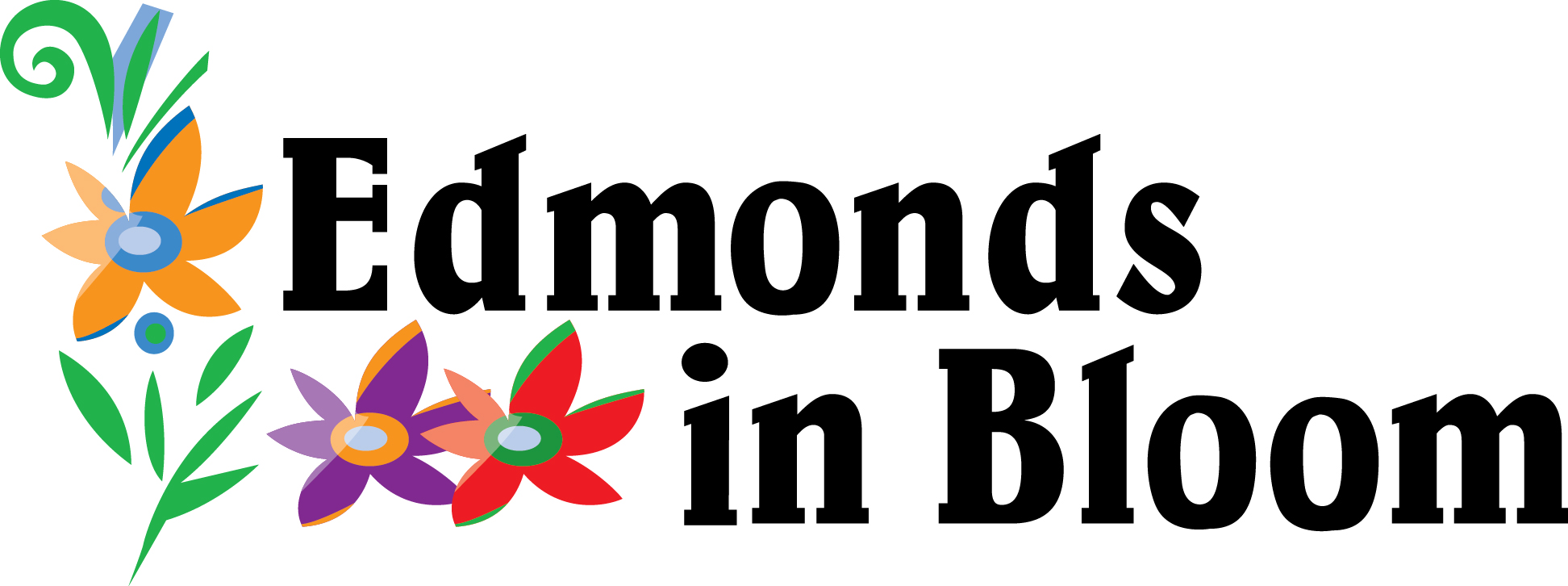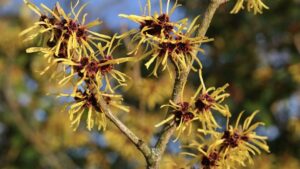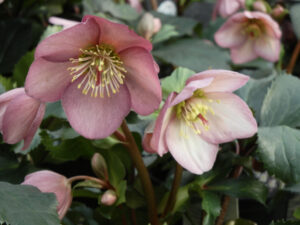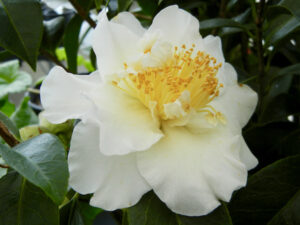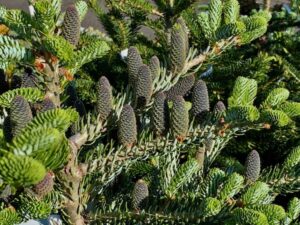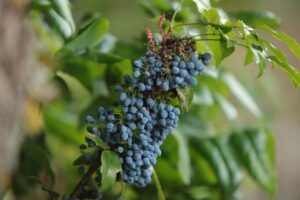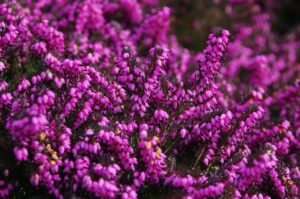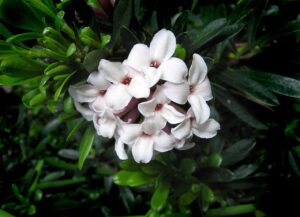Easy Edmonds Winter Garden Tasks
March has gotten off to a good start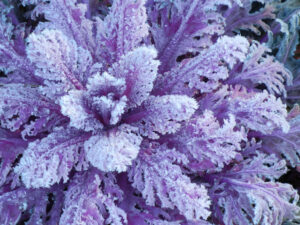 with longer days and glimpses of the sun here and there, along with snowy, frosty mornings as well. Although you may feel your garden is mostly sleeping this time of year, there are many winter garden tasks we can do to get a jump start on the growing season. Here are a few ideas!
with longer days and glimpses of the sun here and there, along with snowy, frosty mornings as well. Although you may feel your garden is mostly sleeping this time of year, there are many winter garden tasks we can do to get a jump start on the growing season. Here are a few ideas!
Step Outside!
The Real Dirt
Cultivating healthy soil is the foundation of gardening success. And good soil is all about balance, starting with the correct pH, alkaline, neutral or acidic. It’s also about having the right balance of nutrients, the “Big 3” potassium, phosphorus, nitrogen, as well as others. How do you find out how balanced your soil is and what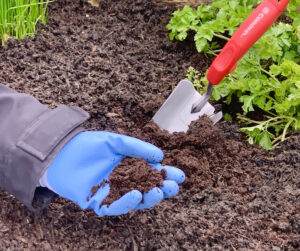 amendments it may need? By getting it tested.
amendments it may need? By getting it tested.
Testing soil is simple to do with kits available at most nurseries and home improvement stores. Just follow the label directions to gather a sample and test to see where your soil stacks up. If you are looking for more precise results with a detailed report and suggestions on what to add to your soil, you can mail or drop off a sample at a local soil testing laboratory. Here are some resources in Snohomish County that can help you get your soil in shape before the growing season starts.
https://www.snohomishcountywa.gov/DocumentCenter/View/73272/List-of-Soil-Testing-Labs?bidId=
Add a Pop of Color
This afternoon, bundle up, take a walk around your yard and look for spots to add some winter garden interest. Because of our mild, maritime climate in Edmonds, we have a wide variety of bulbs, perennials and shrubs and trees that will bring color, texture and fragrance to this often-gloomy time of year.
Some classic additions are:
- Blooming perennials such as hellebores (Helleborus), cyclamen (Cyclamen coum), and winter-blooming heaths (Erica carnea), and heathers (Calluna vulgaris).
- Flowering shrubs like camellias (Camellia sasanqua), fragrant blooming sweetbox (Sarcococca), oregon grape (Mahonia) and daphne (Daphne odora).
- Shrubs with colorful branch color like Red-twigged Dogwood (Cornus), or Coral Bark Japanese Maples (Acer palmatum ‘Sango Kaku’).
- Fragrant trees like witch hazel (Hamamelis) or paperbush (Edgeworthia chrysantha).
- Conifers with colorful cones such as 'Silver Star’ Korean Fir (Abies koreana ‘Silver Star’), or ‘Pusch’ Norway spruce (Picea abies ‘Pusch’).
Be sure to take pictures of your spaces to refer to when you visit the nursery, especially if you are going to shop later in the spring or fall.
Feed Frequent Flyers
Nothing adds life to the winter garden more than a busy birdfeeder. You can find different style feeders for every spot in your yard. There are a number of bird seed blends available to attract different types of birds, and remember the hummingbirds! Bird feeders do need to be cleaned regularly, so check out the Audubon’s website for tips. https://www.audubon.org/magazine/winter-2021/how-feed-birds-safely-winter
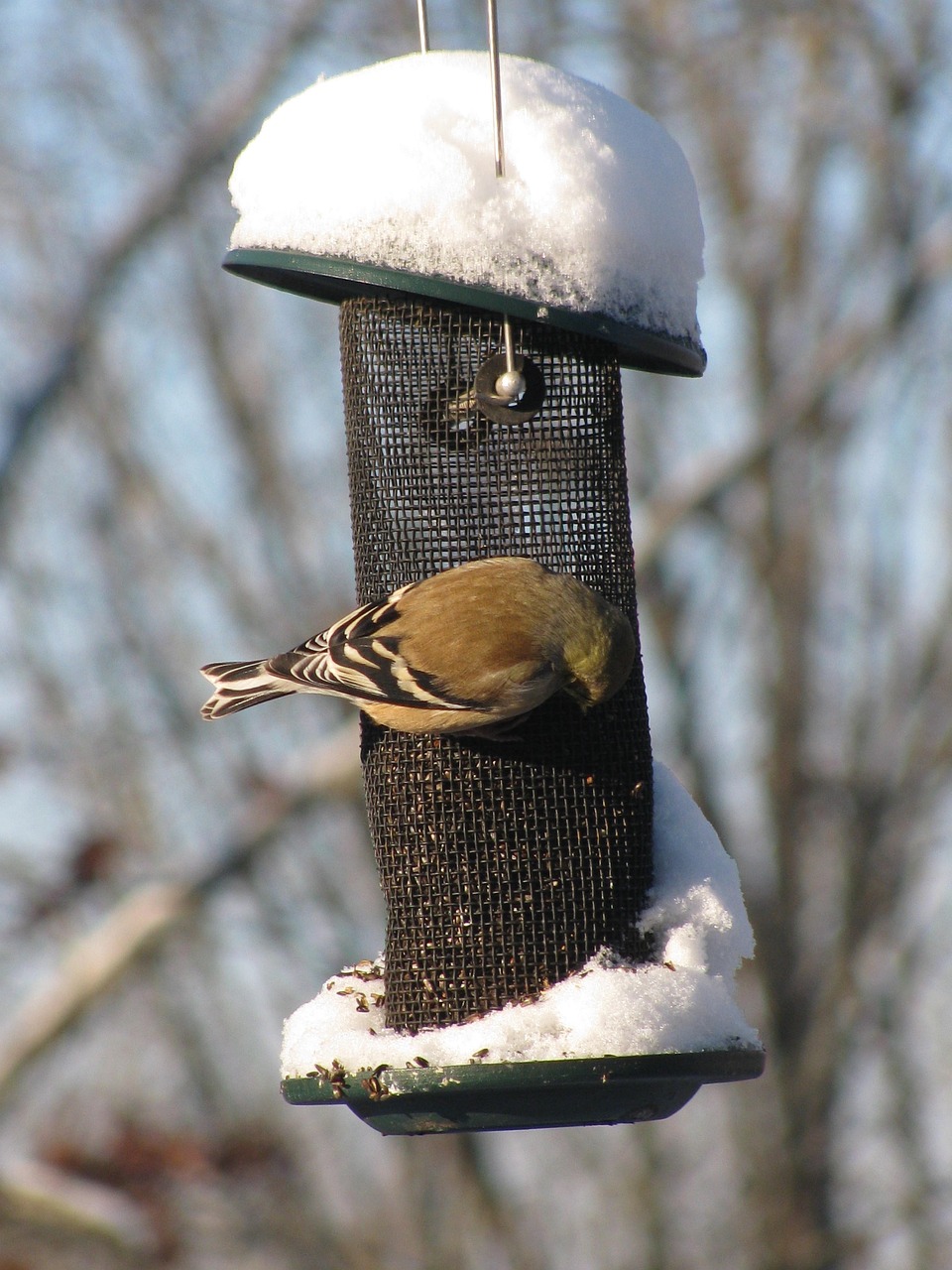
Get in Your Garden Shed
It's Tool Time!
Gardeners agree, the right tools make any job easier. And after a long season of use, many of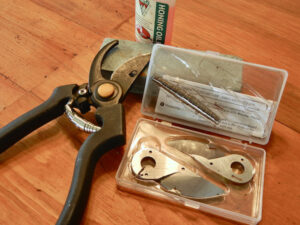 our favorites show signs of wear. The winter is a great time to clean, sharpen, replace blades and oil your tools to get them ready for spring. Do it yourself or go to a sharpening service.
our favorites show signs of wear. The winter is a great time to clean, sharpen, replace blades and oil your tools to get them ready for spring. Do it yourself or go to a sharpening service.
Contain Yourself
Take stock of your outdoor containers. Any chips, cracks, does anything need replacing? Get them ready for a sunny summer by cleaning them with a mild bleach solution (10% bleach, 90% water,) using a stiff bristle brush. Also consider stocking up on container soil and fertilizer. That way you’ll have everything you need when you are ready to plant.
The Indoor Gardener
And for those of us who grow indoors as well as outdoors, there are many indoor winter garden tasks to keep your plants healthy and happy.
New Digs
Take a good look at your houseplants. When you water them, does the water drain right through? Are roots visible on the surface? Then they most likely need repotting, but be sure to wait until spring.
Like many outdoor plants, most houseplants have a dormant season,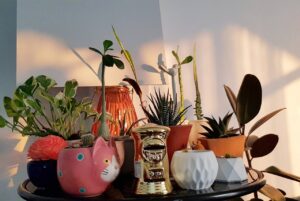 generally October through February, and like to be repotted at the beginning of the growing season in late March. Use this time to stock up on new potting soil, take a look at your fertilizer needs and go shopping for new pots. A good rule of (green) thumb is increase your container by just one size when you repot your plants.
generally October through February, and like to be repotted at the beginning of the growing season in late March. Use this time to stock up on new potting soil, take a look at your fertilizer needs and go shopping for new pots. A good rule of (green) thumb is increase your container by just one size when you repot your plants.
Groom Your Leafy Companions
Houseplants gather dust just like your furniture, so they need occasional cleaning as well. Wash the surfaces of your plants’ foliage gently with a soft, damp cloth dipped in warm water, or some prefer an organic leaf shine product. You can also place smaller plants into the sink and using warm water, gently spray the foliage (except for African Violets). This would also be a great time to also remove dead foliage and inspect for pests.
Bring Spring Inside
Many flower and gift companies have big sales on their winter-blooming indoor bulbs after the holiday season. Bring some color into your home by buying some beautiful Amaryllis, generally at ½ price or less! You can plant and grow them now, enjoy the blooms, and save the bulbs for next holiday season.
Plan Ahead
Plant A Seed
Late winter, our mailboxes are stuffed with seed and plant catalogs. While it’s tempting to buy everything that looks interesting, having a garden plan will help you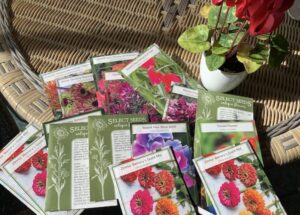 save money and plant smart.
save money and plant smart.
When choosing new plants or seeds to start, remember to consider the sun exposure, water and soil conditions of the spot you are going to plant them. Picking the right plants for your spaces will create a garden that will thrive. Some other features to take into account are bloom time, foliage (evergreen or deciduous) and of course, color and fragrance.
To help with planting your veggie garden, there a low-cost, on-line vegetable garden planner available through Territorial Seed Company that’s fun and easy to learn. The planner spaces plants for you, and even has a feature to help you rotate crops for better garden health. You can purchase it at https://gardenplanner.territorialseed.com/
Great Reads
There are so many PNW gardeners who have published books! You can find interesting reads on veggie gardening, pruning, perennials and more. One fave all-around gardening primer is the Maritime Northwest Garden Guide from Seattle Tilth, arranged month by month. It’s great for reference, filled with interesting tables, tips and to-dos.
https://tilthalliance.org/product/maritime-northwest-garden-guide-2/
Dear Diary
As good as our memories are, garden journals are invaluable resources to refer to from year to year. You can invest in a pre-printed journal from a nursery or garden supply company or create a customized one of your own in a loose-leaf binder. Add a few pocket dividers to save your seed envelopes or plant tags. Print out photos of your gardens throughout the year and keep notes on everything from weather conditions to growth. You will be surprised at how helpful this can be!
So, while you are waiting for the weather to warm up, there are still so many winter garden tasks you can do – without digging in the dirt yet! Having a plan and preparing before the season starts will get you ready for your most successful gardening season ever! Have fun!
